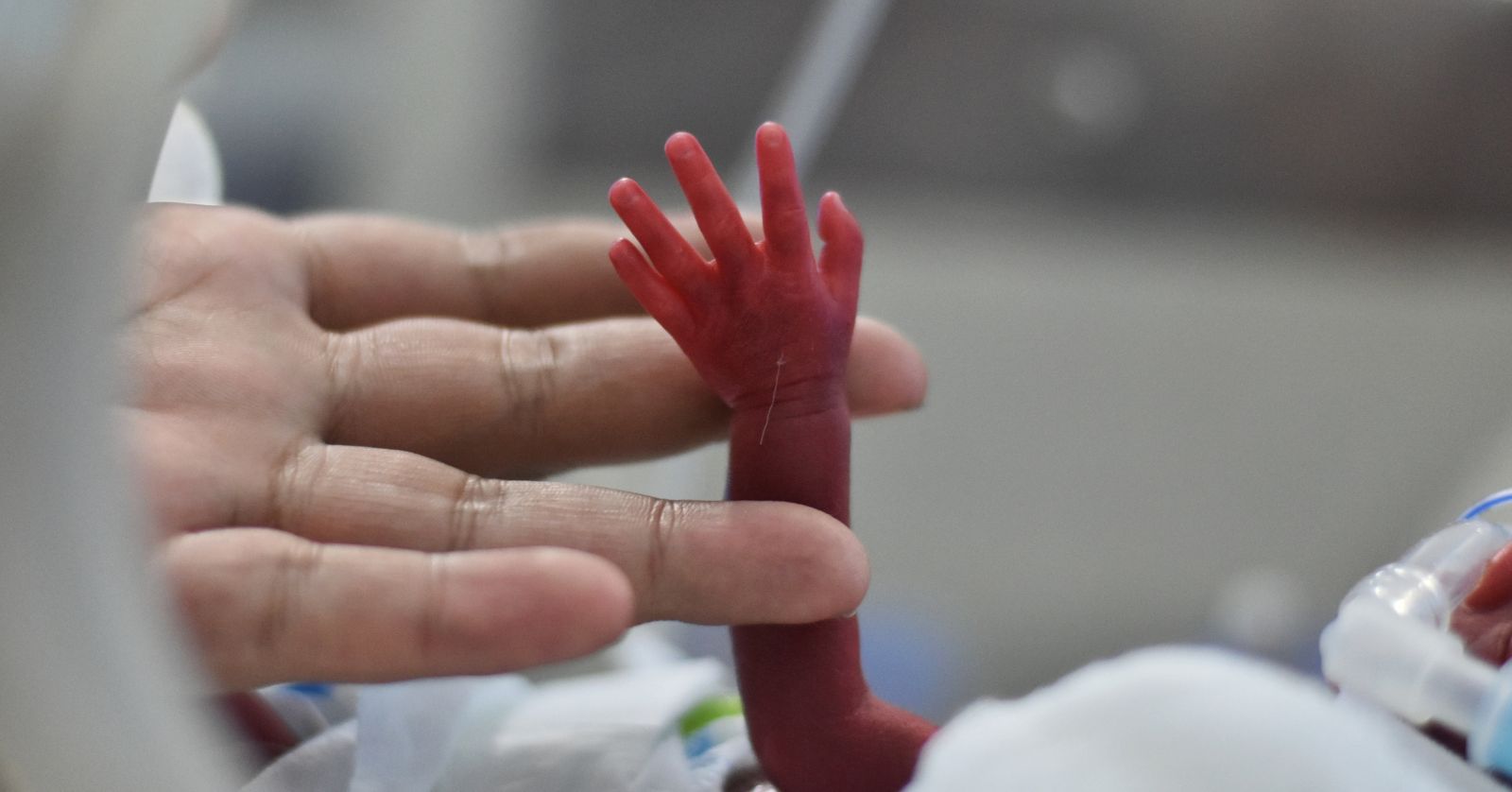
A report issued this week by the National Institutes of Health provides 17 recommendations (PDF 1 MB) to improve the scientific evidence around necrotizing enterocolitis (NEC), a gastrointestinal disease that is one of the leading causes of illness and death in preterm infants. The report, requested in August 2024 by the Secretary of the Department of Health and Human Services, identifies significant limitations in the understanding of NEC and of the relationship between feeding practices for preterm infants and development of the disease.
“It is estimated that one infant in the United States dies almost every day from NEC,” said Diana W. Bianchi, M.D., a neonatologist and director of NIH’s Eunice Kennedy Shriver National Institute of Child Health and Human Development (NICHD), which led the development of the report. “What is clear is that the most promising way to prevent this disease is to prevent preterm birth. We need much more research in this area.”
The report recommendations are based on information summarized during three meetings of the “NEC in Preterm Infants Working Group” of NICHD’s National Advisory Council of Child Health and Human Development, an official Federal Advisory Committee. The working group included laboratory scientists, neonatologists, clinical trials specialists, and representatives from national pediatric organizations and advocacy groups.
The group agreed that NEC has many associated risk factors and its development in preterm infants is not well understood. There was also consensus that the best approach to reducing NEC is to reduce preterm births overall. While some term infants develop NEC, these infants tend to have cardiac conditions that may indicate that their disease is different or has a different cause than NEC in preterm infants. In situations in which preterm birth is unavoidable, the group called for more research on ways to prolong pregnancy past 28 weeks of gestation to lower the risk of developing NEC.
Another finding of the report is that the relationship between feeding and development of NEC is unclear. Available evidence supports the hypothesis that the absence of any human milk in an infant’s diet is associated with a higher risk of NEC, but additional research is needed to link the underlying mechanisms that cause NEC to the components of human milk that may help prevent it. More studies are also key to determining why some human milk-fed infants still develop NEC. Better understanding of these mechanisms may also help to better define and track the disease, find biomarkers to diagnose NEC earlier, and find and test potential therapeutic targets to prevent and treat it.
Overall, gaps in knowledge remain regarding optimal nutrition, optimal feeding methods, and diet fortification practices for infants, particularly for very low birth weight infants (below 3.3 pounds). Given that a parent may not be able to produce enough milk for a preterm infant, research is needed to find ways to enhance milk production, optimize the beneficial components in human milk (whether from the parent or donor milk), and reduce disparities that impede lactation and pumping for parents and access to donor milk.

 BACK TO TOP
BACK TO TOP